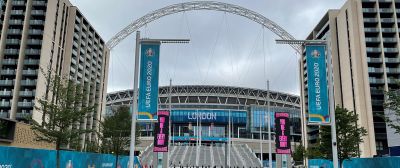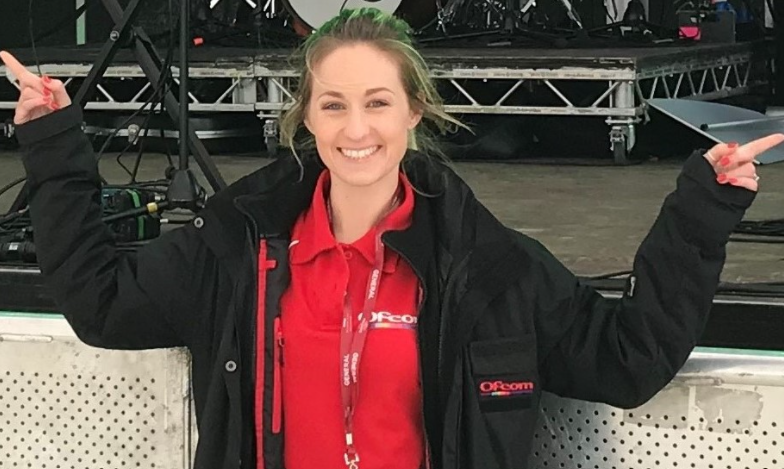The state funeral of Her Majesty Queen Elizabeth II was one of the most important events in television history, with estimates suggesting it was watched by billions of viewers worldwide.
With so many people around the world wishing to witness the event on television and pay their respects, scores of overseas television crews needed to set up location in the UK, capturing live footage for their international audiences. It was essential this went to plan.
Lots of television crews means lots of equipment. And much of that equipment – such as wireless microphones and cameras, in-ear monitors, and communications equipment such as walkie-talkies – operates at different frequencies on the radio spectrum.
This wireless gear needs to be checked and licensed to make sure it’s used safely and without interference to other technology – and that’s where Ofcom’s engineers come in.
Ofcom’s role
Our spectrum teams prepare for, and attend, major events like the Queen’s funeral. They’re responsible for making sure equipment used by broadcasters doesn’t interfere with other technology in and around the venues – including the emergency services.
The state funeral was more complicated than a large event such as the Glastonbury Festival, because it didn’t take place in just one location. Instead, several locations in London were used.
Also, given the high security around the event, it was even more important to make sure there was no spectrum interference to other wireless equipment that was being used by the police and other emergency services working at and around the funeral.
An ongoing project
Work for an event like this doesn’t just centre on the day itself. Spectrum planning is an ongoing process, involving a consortium of spectrum licensees, broadcasters , representatives from government and any partners that provide or facilitate the coverage of the event.
Ofcom’s role in this is to develop an understanding of how the event will be planned and carried out, so we can support the event by making spectrum available equitably for all licensees.
To do this, we need a detailed understanding of the wireless systems that will be used, making sure we’re aware of what each system performs and how it functions. We do this by working closely with the organisations taking part, giving us insight into the technology and processes for the event.
For the funeral, our colleagues liaised with crew members from UK broadcasters such as BBC , ITV and Sky, and also facilitated coverage from a number of countries from Europe, Asia and America. The unique planning process around a state event such as the funeral is that over time, careful planning and liaising with key providers, broadcasters and other logistical groups is ongoing over time.
What is spectrum?
You can’t see or feel radio spectrum. But any device that communicates wirelessly needs spectrum – such as televisions, car key fobs, baby monitors, wireless microphones and satellites. Mobile phones use spectrum to connect to a local mast so people can make calls and access the internet.
Why does Ofcom manage spectrum use?
Only a limited amount of spectrum is available, so it needs to be managed carefully. Certain bands of spectrum are also used for different purposes. For example, mobile companies use different parts of the spectrum to TV companies. So, it needs to be managed to prevent services interfering and causing disruption to people and businesses.


